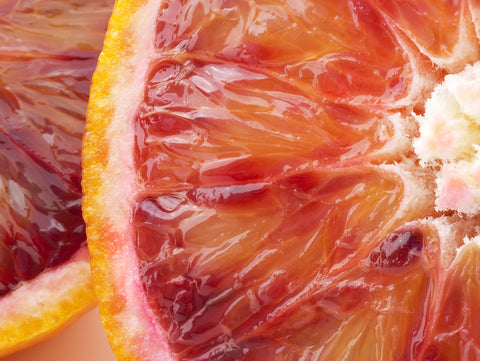Most of us making drinks at home are into the simple classics, like an Old Fashioned or Margarita. There aren’t a lot of ingredients to buy, they’re easy to balance and you don’t need a massive liquor cabinet. Most of these classic drinks have a single spirit. Spirits are considered the “base” of these cocktail, because they define the flavor of the drink, but sometimes one flavor is not enough. What about equal parts cocktails (Negronis and Last Words) or split based cocktails (like an Oaxacan Old Fashioned or Viuex Carre)?
Split based cocktails are more unusual, but they’re not shocking. The best Bolognese has more than one kind of meat. A Strawberry-Rhubarb pie still tastes like strawberries, but its more complex and delicious because of the rhubarb’s supporting flavor. It’s always comforting to remember that building cocktails is just building flavors. Splitting the base of your cocktails adds to the flavorful balancing act and it can be an easy way to add depth or an unexpected way to add complexity.
An easy way to play with split based cocktails is to keep to the same spirit family. Our take on the Oaxacan Old Fashioned is a great example:
- 1 oz reposado tequila
- 1 oz Mezcal
- ¼ oz Demerara Gum Syrup
- 3 dashes cacao bitters
Add ingredients to a mixing glass with ice. Stir 20 seconds and strain into an ice filled glass. Garnish with a flamed orange pee.
All agave based spirits all have similar flavors, being from the same plant species, but the process in which they are made can make the final spirit taste quite different. Tequila and Mezcal are similar enough to blend together easily, but in the same cocktail you can distinctly taste the funk and smoke that often comes with mezcal layered on the earthy and vegetal base of tequila. This cocktail was first made when Mezcal wasn’t common in the US, so a Mezcal Old Fashioned could be viewed as “too smokey” or “too aggressive” for most palettes. Even for those who love or hate the flavors of Mezcal, I still recommend splitting the base of this cocktail. The barrel age on the tequila brings some vanilla and baking spice that plays well with angostura, and the Mezcal brings the cocktail from a mild sipper to a bold mixture.
You can split the base in the same spirit category as well. The details that separate different makers and brands are often distinct enough that you can make a more complex spirit by blending them. Different styles of r(h)um, whisk(e)y or gin will blend easily. If you haven’t experienced a classic daiquiri with a r(h)um blend you’re missing out. Maybe one rum has too much sweetness, or spice, or funk when mixed in a cocktail as simple and pure as a Daiquiri. Blend your own and make your perfect daiquiri.
Then, there are the unexpected split bases. The classic tropical cocktail “Fog Cutter” uses rum, gin, brandy and sherry. With many tiki classics, you’ll find many slight variations on the build, but here is a common recipe:
The Fog Cutter
- ½ oz Almond Orgeat Syrup
- 1 ½ oz light rum
- ½ oz gin
- ½ oz brandy
- ½ oz orange liqueur
- ½ oz dry sherry
- 1 oz orange juice
- 1 oz lemon juice
Shaken all and serve over crushed ice.
It’s brightened with a blend of fresh lemon and orange and sweetened with orgeat. The cocktail has more rum than anything else, but if made without the gin and brandy it would be a very simple and somewhat “one note” drink. Combining the high notes of a botanical gin, the fruity base notes of brandy, with the nuttiness and acidity of sherry make for a super unique trifecta of alcohol. The orange liqueur and orgeat anchor the citrus blend just as they do in the classic Mai Tai. The Fog Cutter ends up with a much wider breath of flavor, while staying perfectly balanced. I wouldn’t of thought these flavors would fit so perfectly together, but with the glue of citrus and almond syrup, it makes perfect sense.
I’ve made cocktails that are split rum and gin, or gin and scotch, or aquavit and flavored vodka. You can pair the spirits to each other or you can pair the spirits to the mixers in the drink. As long as you are finding where the flavors can compliment one another, you will be making remarkable split based cocktails.
You’ll need a bigger home bar, but since when is that a problem?


